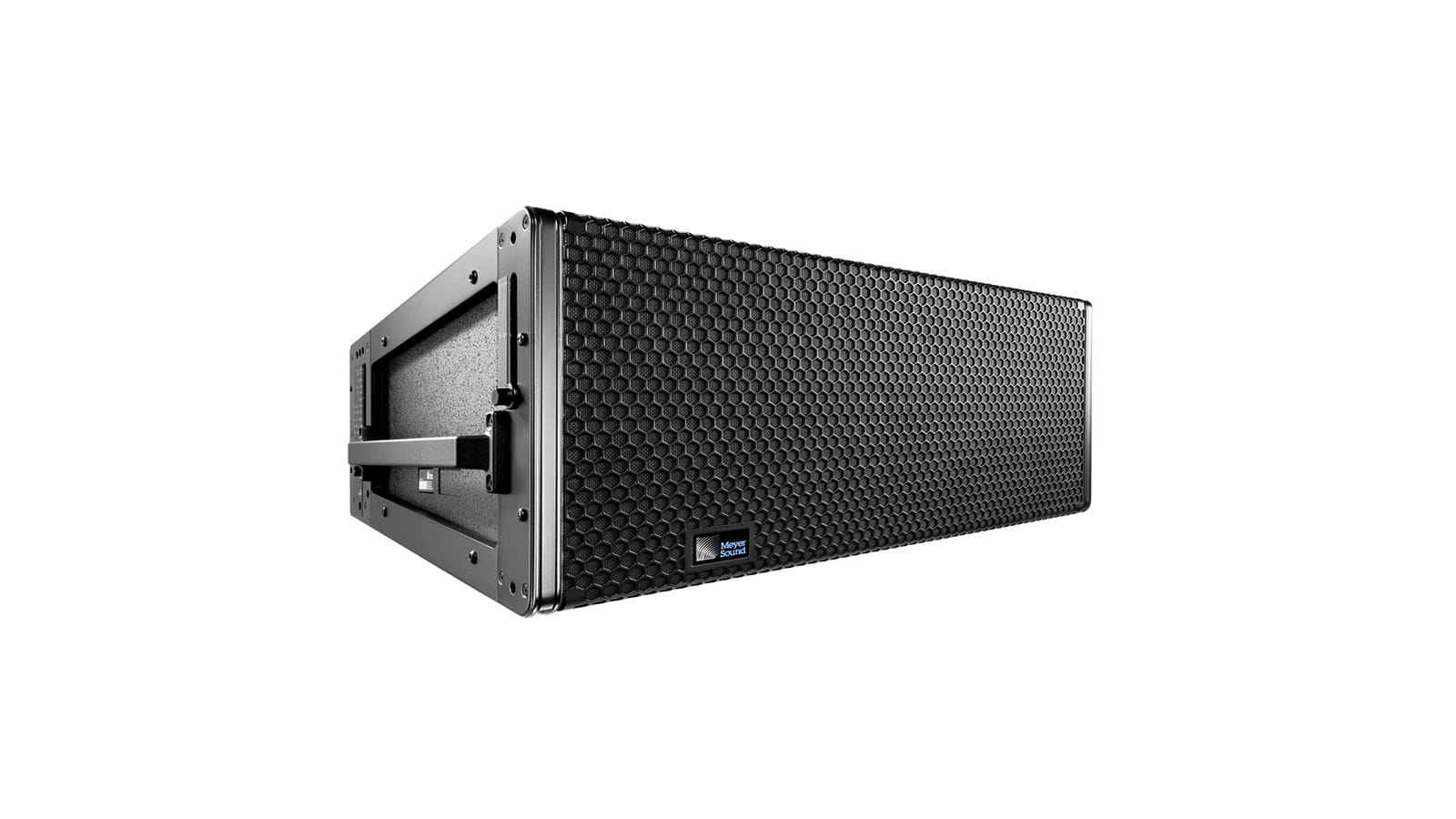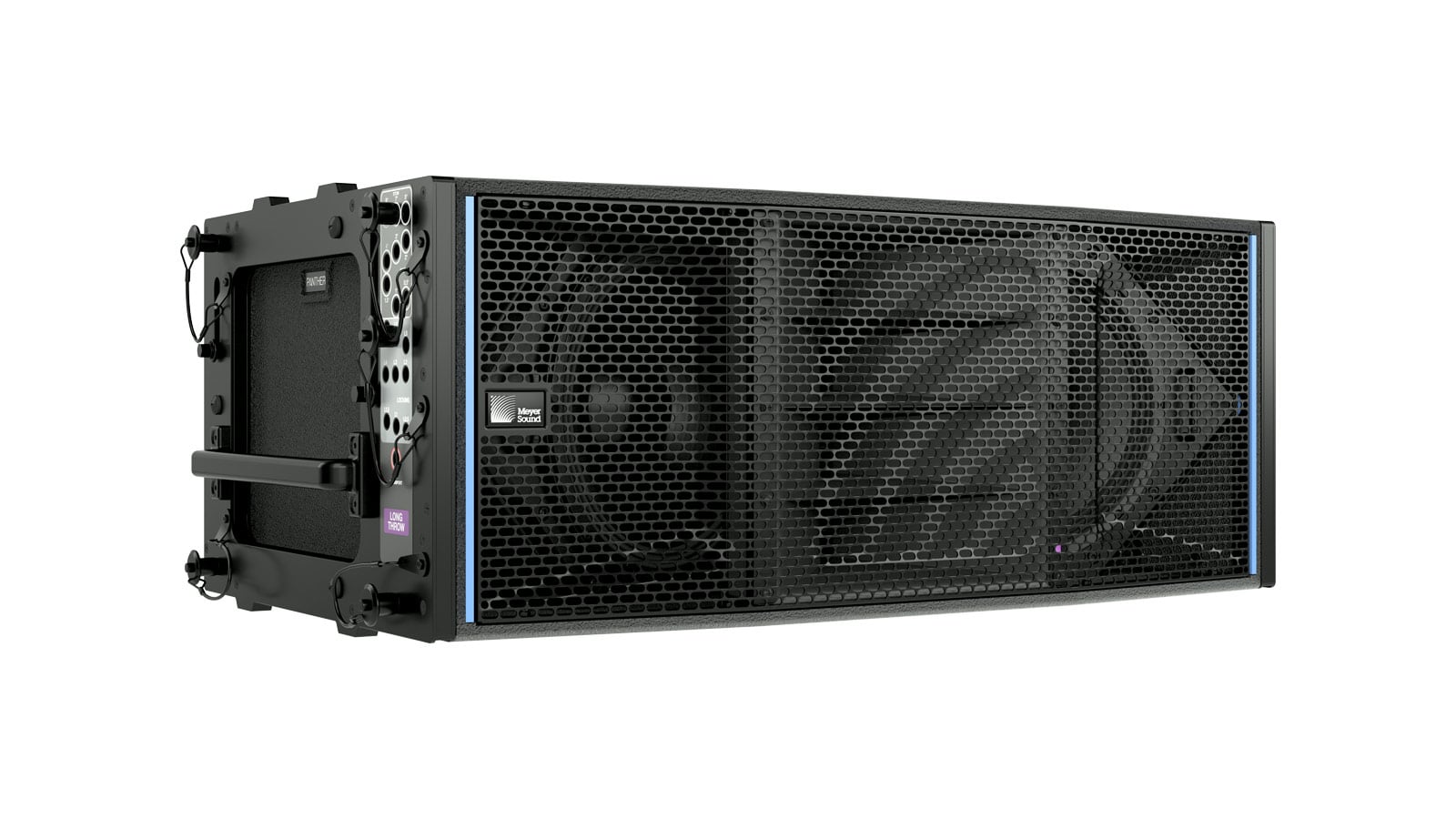Meyer Sound

From its beginning, Meyer Sound has been known as a leading innovator in performance audio products. The company’s list of industry firsts includes trapezoidal cabinets, dedicated loudspeaker processors, self-powered loudspeakers, source independent measurement, parabolic long-throw transducers, and cardioid subwoofers, the REM manifold, Internet-enabled acoustical prediction, and more.

LEOPARD
With its industry-leading power-to-size ratio, LEOPARD delivers big-system sound in a deceptively lightweight, narrow-profile loudspeaker that outperforms larger boxes above its class. Experience the sonic impact and consistent front-to-back coverage you’d expect from bulkier systems, thanks to long-excursion drivers that move more air. LEOPARD’s narrow profile and light weight make it an ideal choice for touring applications and installations where scalability, sightlines and ease of rigging are critical

PANTHER
Presenting the line array with over 150 dB output in a cabinet weighing only 150 lb (68 kg). Powerful enough for festivals, yet agile enough to support arenas, theatres, and even corporate AV. PANTHER’s Class D amplifier and new driver technologies mean significantly less weight and a 20% reduction in power draw compared to earlier technologies. PANTHER integrates with Meyer Sound’s system design, deployment, and management applications, including MAPP 3D, Galileo GALAXY, Compass, Compass Go, and Spacemap Go spatial sound design and mixing tool.

ULTRA-X40
The ULTRA-X40 breaks new ground in power-to-size performance, thanks to its ultra-efficient 3-channel Class D amplifier that provides peak output of 1,950 watts with a max sustained current draw of just 1.3 A (230 V AC). All this in a speaker that’s just 12.5 by 22 by 14 inches and less than 55 pounds—20 pounds lighter than its predecessor, the UPA-1P.

MAPP 3D
MAPP 3D leverages the inherent advantages of working with loudspeakers that are self-powered and manufactured to extremely tight tolerances for uniformity of performance. Self-powered systems remove prediction variables such as amplifier type, amplifier output configuration, and loudspeaker cable length, which translates to a simpler, more accurate design process.

